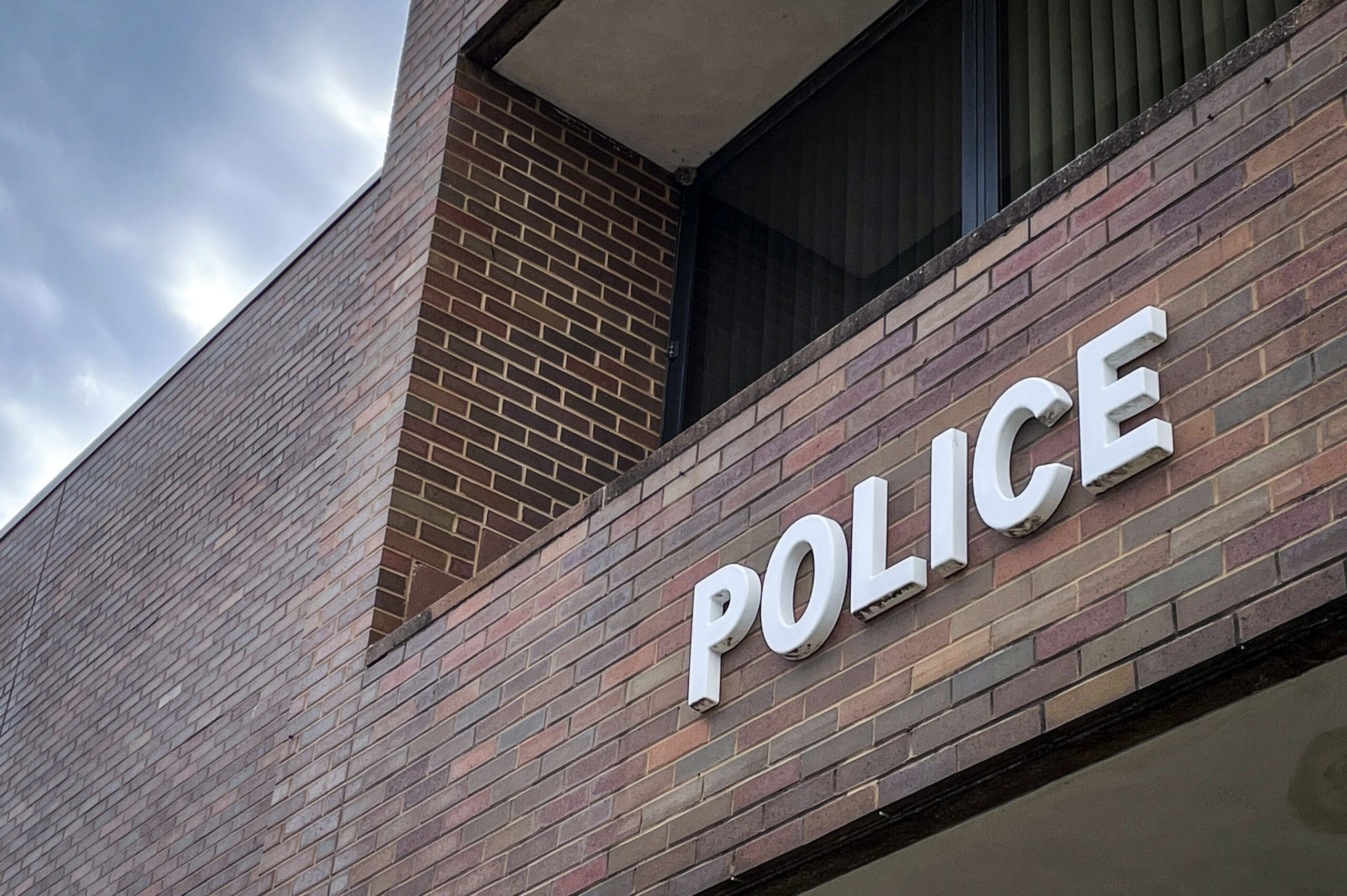JUSTICE MANUAL 9-121.000 – Remission, Mitigation, And Restoration Of Forfeited Properties
9-121.100 – Attorney General’s Authority
With respect to property ordered forfeited under the criminal forfeiture statutes, the Attorney General has statutory authority to—
grant petitions for remission or mitigation of forfeiture, restore forfeited property to victims of a violation of [the applicable chapter or subchapter], or take any other action to protect the rights of innocent persons which is in the interest of justice and which is not inconsistent with the provisions of [the applicable chapter or section] ….
18 U.S.C. § 1963(g)(1) (RICO); 21 U.S.C. § 853(i)(1) (controlled substances); and by incorporation of section 853(i)(1) by reference, 18 U.S.C. §§ 793(h)(3) and 794(d)(3) (espionage); 982(b)(1) (money laundering and other offenses); 1467(b) (obscene material); 2253(b) (sexual exploitation of minors); 28 U.S.C. § 2461(c) (general; other).
In civil forfeitures also, the Attorney General is authorized to decide petitions for remission or mitigation. See, e.g., 18 U.S.C. § 981(d) and 21 U.S.C. § 881(d). In addition, section 981 authorizes the Attorney General, in § 981 civil forfeitures, to transfer the forfeited property “as restoration to any victim of the offense giving rise to the forfeiture, including, in the case of a money laundering offense, any offense constituting the underlying specified unlawful activity.” See 18 U.S.C. § 981(e)(6).
The authority of the Attorney General to grant petitions for remission or mitigation in criminal and civil judicial forfeitures is delegated to the chief of the Money Laundering and Asset Recovery Section (MLARS) by Title 28, Code of Federal Regulations, part 9 (28 C.F.R. Part 9), at 28 C.F.R. § 9.1(b)(2). In addition, the Attorney General has delegated to the chief of MLARS, the authority pursuant to any civil or criminal forfeiture statute enforced or administered by the Department of Justice, e.g., 18 U.S.C. §§ 981(e)(6), 1963(g)(1), and 982(b)(1) [incorporating § 853(i)(1)], “to restore forfeited property to victims or take other actions to protect the rights of innocent persons in civil or criminal forfeitures that are in the interest of justice and that are not inconsistent with the provisions of the statute.” See Attorney General Order No. 2088-97 (June 14, 1997). Accordingly, in appropriate cases, the chief of MLARS has discretionary authority to authorize the restoration of forfeited property to compensate victims by means of court-ordered restitution.
Pursuant to this restoration authority, and applying the guidelines for restoration decisions set forth in Forfeiture Policy Directive 02-1 (“Guidelines and Procedures for Restoration of Forfeited Property to Crime Victims via Restitution in lieu of Remission”), the chief of MLARS, in appropriate cases, may authorize federally forfeited property or proceeds to be transferred to the court for use in satisfaction of orders of restitution entered at sentencing pursuant to 18 U.S.C. § 3363 et seq. Such authority may be used by the chief of MLARS in lieu of the separate authority and procedures set forth at 28 C.F.R. Part 9 governing petitions for remission or mitigation of forfeited property to victims. However, insofar as is reasonably feasible, such authority will be used to accomplish results that are not inconsistent with the standards set forth at 28 C.F.R. § 9.8 for determining remission of forfeited property to non-owner victims. Additionally, insofar as may be applicable and not inconsistent with the standards or procedures herein, the other provisions of 28 C.F.R. Part 9 also shall apply.
In accordance with the Crime Victims’ Rights Act (18 U.S.C. § 3771) and the Attorney General’s authority, the Department of Justice gives priority distribution of forfeited assets to valid owners, lienholders, federal financial regulatory agencies, and victims (in that order) through remission or restoration. After losses to the above parties have been satisfied, any remaining proceeds can be shared with state and local law enforcement agencies.
9-121.101 – Remission or Mitigation of Forfeited Properties
The regulations governing the remission or mitigation of civil and criminal forfeitures are at 28 C.F.R. Part 9.
9-121.102 – Restoration of Forfeited Properties
The “Guidelines and Procedures for Restoration of Forfeited Property to Crime Victims via Restitution in lieu of Remission” is in Forfeiture Policy Directive 02-1. See Chapter 13 of the Asset Forfeiture Policy Manual.




![skynews-kim-kardashian-reality-tv-star_5918849[1]](https://rucci.law/wp-content/uploads/2023/12/skynews-kim-kardashian-reality-tv-star_59188491.jpg)

![civil_asset_forfeitures_4_new_0[1]](https://rucci.law/wp-content/uploads/2023/12/civil_asset_forfeitures_4_new_01.jpg)




